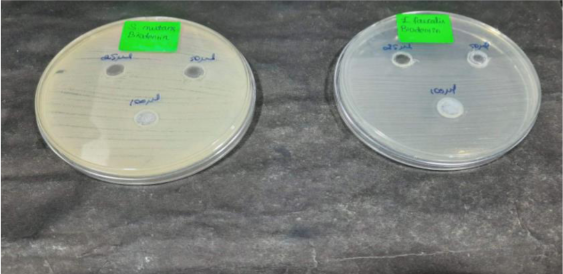Comparative Evaluation of Antimicrobial Properties of a Novel Cal-cium Silicate Cement: an in Vitro Study
Main Article Content
Abstract
Aim:
The main objective of this particular study was to assess the antimicrobial properties of Biodentine, MTA in comparison to a novel calcium silicate material.
Materials and Method:
The three materials used in this study were MTA, Biodentine and a new calcium silicate material. The method of assessing the antimicrobial properties of the various cements was through the agar diffusion method at 24 hours. Ten samples were taken in each group. Statistical analysis was conducted using Analysis of variance (ANOVA) and Tukey’s post hoc test to compare the groups.
Results:
The mean and the standard deviation values were taken of the measured (in mm2) inhibition zones formed by the tested calcium silicate-based cement- MTA, Biodentine and a new calcium silicate cement against S. mutans and E. faecalis within 24 h were recorded. It was found that the new calcium silicate material had a larger zone of inhibition compared to MTA and Biodentin (31 +/- 6.5) and (29 +/- 6) against Streptococcus mutans and Enterococcus faecalis respectively. The results showed a p-value>0.05, which means that the New calcium silicate material shows significantly better antibacterial properties when compared to the other two materials.

